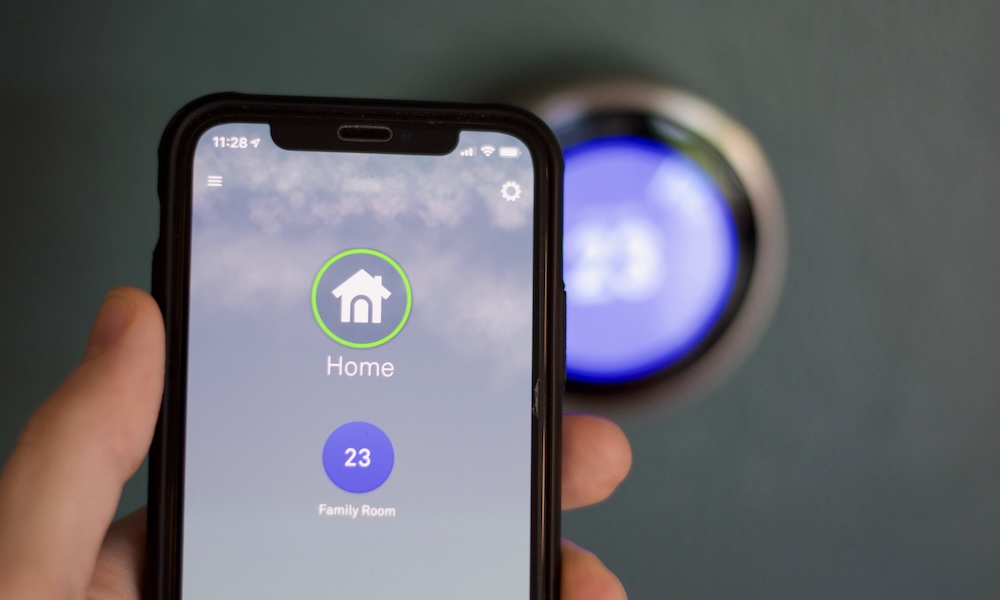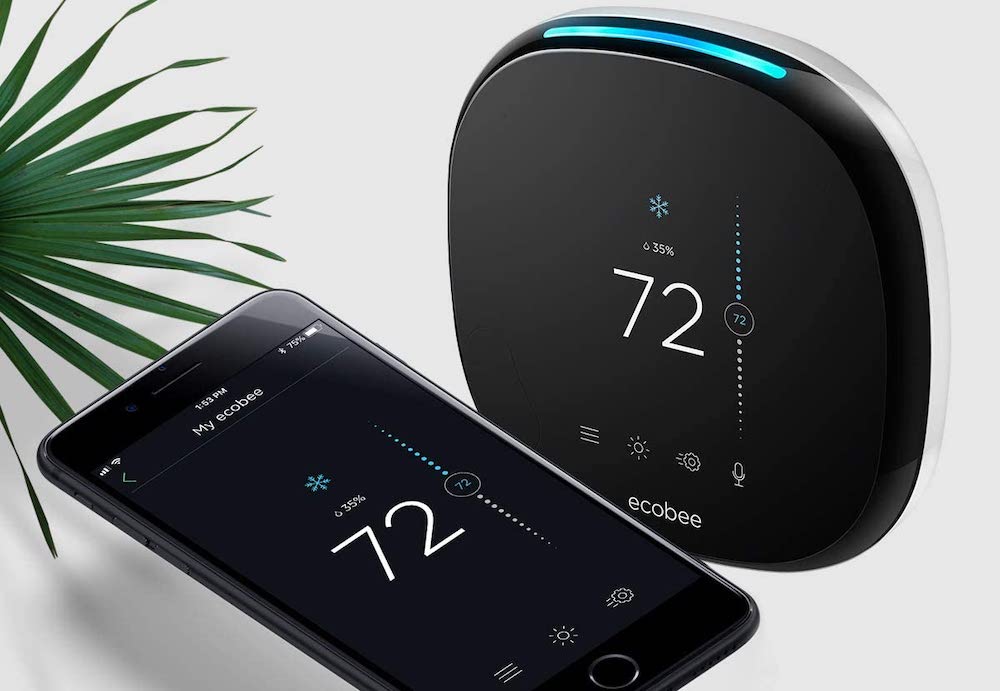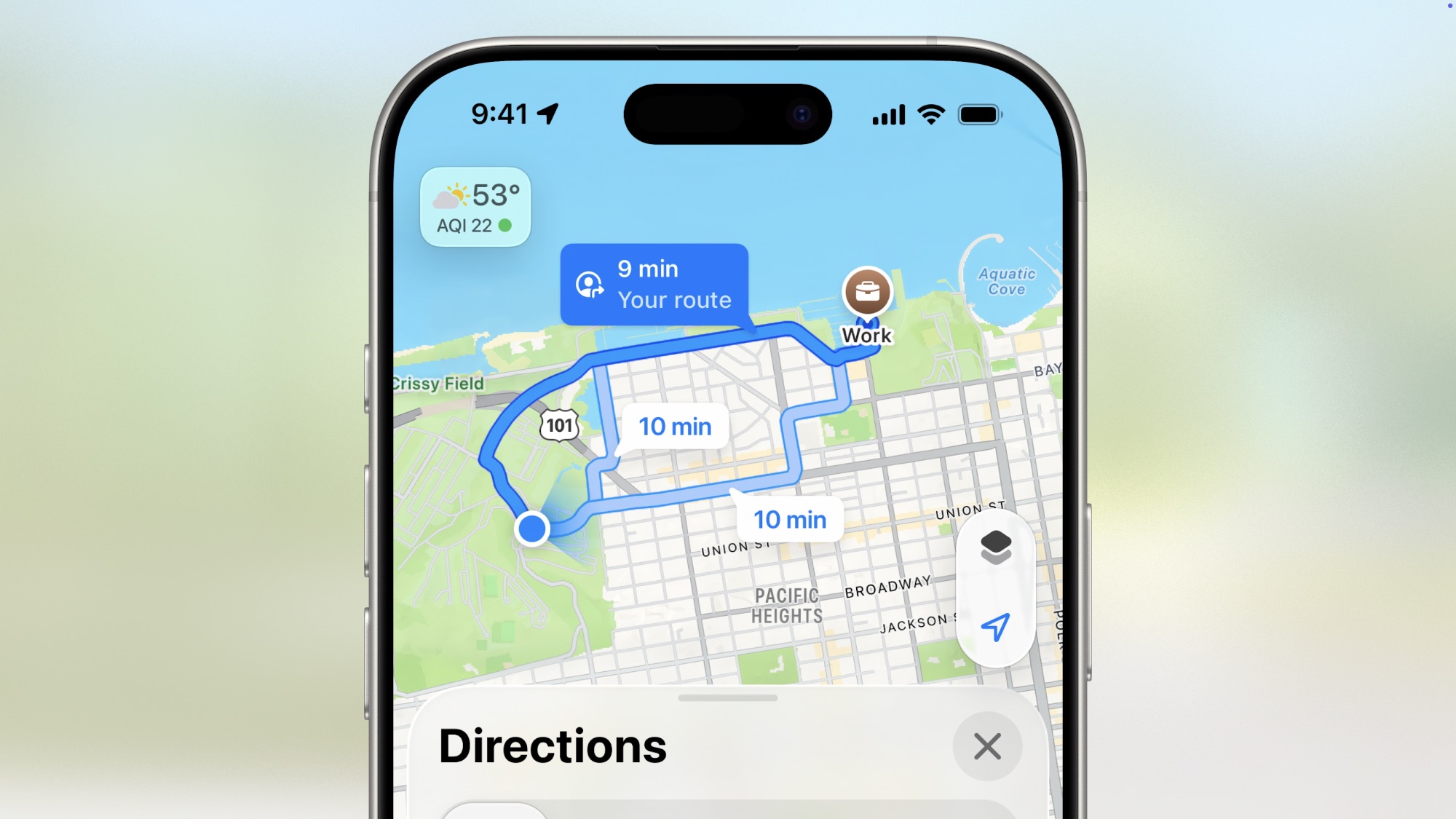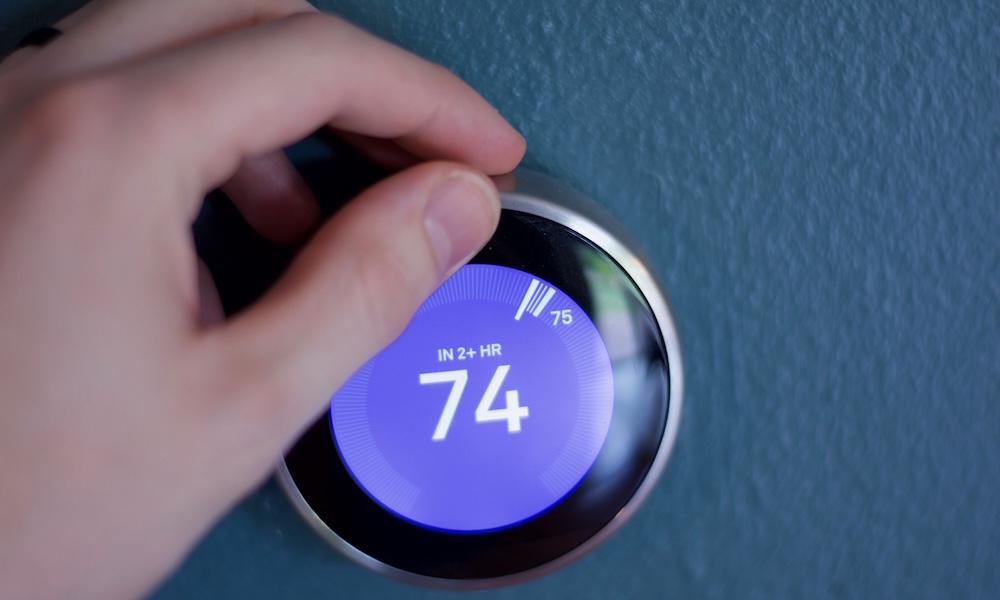iOS 26 Code Reveals Plans for Proactive Home Climate Control
 Jordan / Adobe Stock
Jordan / Adobe Stock
Toggle Dark Mode
From the start, Apple’s HomeKit ecosystem has provided some outstanding home automation features, including location and schedule-based routines to automatically turn off the lights, lock the doors, and, perhaps most importantly, adjust your thermostat for an ideal balance between comfort and energy savings.
New code in iOS 26 suggests that Apple is working on making the process much smarter by expanding home automation routines to utilize Apple Intelligence and related AI and machine learning features. This could be particularly beneficial to folks who don’t follow a predictable enough schedule to rely on simple timers.
Strings recently discovered and shared by code sleuth Steve Moser reveal a new Adaptive Temperature mode that appears designed to learn your daily routines so it can predict when you’ll be at home or away and make the appropriate adjustments.
Many smart thermostats offer their own home and away capabilities, and, until now, Apple has been seemingly content to let them handle these things. That’s fair, as there hasn’t been much that Apple can add through its HomeKit infrastructure beyond basic scheduling and location awareness. Companies like Ecobee have developed algorithms that are better equipped to understand factors such as how long it takes your particular home to heat up (or cool down), and ramp up your heating or air conditioning system accordingly.
I’ve been using an Ecobee 3 in my home for the better part of a decade, and in that regard, it’s impressively efficient. If I schedule the temperature to be 24°C (75°F) at 6:00 a.m. on a wintery morning, it’s intelligent enough to turn on the furnace 30-45 minutes early to make sure it has time to get there, factoring in things like the current indoor and outdoor temperatures. It also doesn’t simply keep running the furnace, like many smart thermostats will, as it knows how a boiler-and-radiator-based system works.

However, one weakness that both Ecobee and Apple share is that they have no way of predicting when I’m going to come home. I can schedule my home to heat up for 5:30 p.m., just like I do for my morning routine, but if I’m not coming home right away, I’ll be wasting energy to heat an empty house.
This is where Apple’s new Adaptive Temperature could come into play. Apple has already announced that it’s bringing new AI improvements to Apple Maps with iOS 26, allowing it to learn your regular routines. Now, it appears that Apple is working on a way to make even more effective use of this information.

Apple Maps has been able to figure out commute times for years. It can even recommend departure times based on that information. So, it’s not that big of a stretch to imagine a scenario where it knows when you’re coming home and can tell your furnace or air conditioner to start doing its thing to make your home nice and comfy when you arrive.
From the strings shared by Moser, it appears the Adaptive Temperature feature will expand on the current HomeKit presence settings to make more intelligent use of them for temperature-related adjustments. I’ve long had my home set to turn everything off when the last person leaves and turn on certain lights when the first person arrives at night, but schedules for lights and doors are easy, as they’re instantaneous.
Heating and air conditioning systems require more lead time, and in some cases, you may not want a thermostat adjustment to be made. Right now, HomeKit doesn’t distinguish between a quick trip to the store or a weekend away. Leaving is leaving, but there’s no point in changing the temperature if you’re only going to be gone for half an hour, and in some cases, doing so may expend needless energy by making the system work harder than it needs to.
The code strings suggest the new features will be able to make adjustments when someone is “predicted to arrive soon,” while also handling individual preferences for nighttime and extended away periods. However, Moser envisions an even more fascinating idea:
Hopefully Apple announces more AI buddies like Workout Buddy. Imagine Home Buddy walking you through every temperature shift: “We bumped you up to 68° because you typically arrive at 6 PM,” or “We eased back to 62° when you left for vacation.” No more guessing why the house feels like a sauna or an icebox.
Steve Moser
That last part is merely speculation, as there’s no evidence that Apple plans to go with an intelligence “Home Buddy” just yet. However, with a much-rumored Apple Home Hub expected to arrive sometime next year with Apple Intelligence baked in, we wouldn’t be surprised to hear that Apple is exploring that possibility.
There’s not even any word at this point on when we’ll see Adaptive Temperature appear. The code strings make it clear that Apple is working on this, but it wouldn’t be the first time we’ve seen hints of new features or products that took longer to arrive than expected.
However, after last year’s challenges with the Apple Intelligence rollout, the company has also been much more cautious about announcing features that won’t be ready for iOS 26.0 in September. It’s the first year in recent memory where you can’t find the phrase “coming later” for anything on Apple’s iOS preview page. That leaves us hoping we’ll see more than a few pleasant surprises in iOS 26.1 and beyond. This could be one of them.
[The information provided in this article has NOT been confirmed by Apple and may be speculation. Provided details may not be factual. Take all rumors, tech or otherwise, with a grain of salt.]








